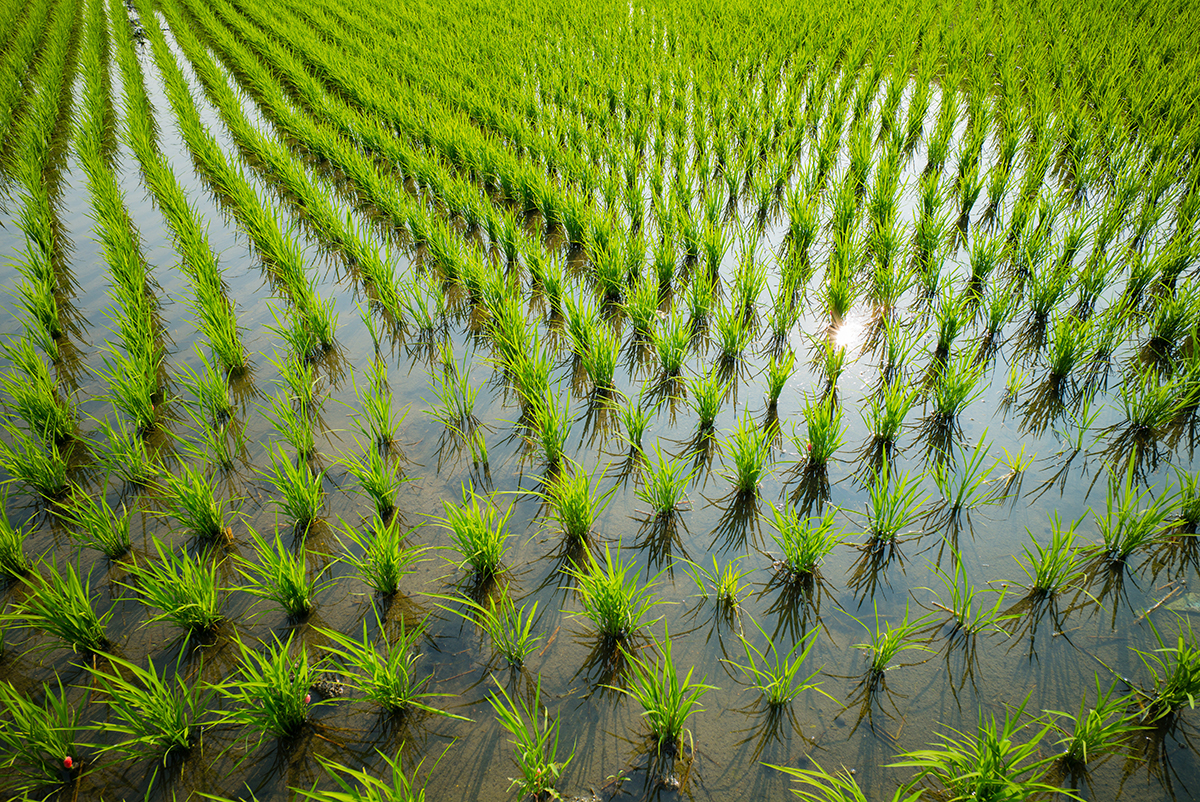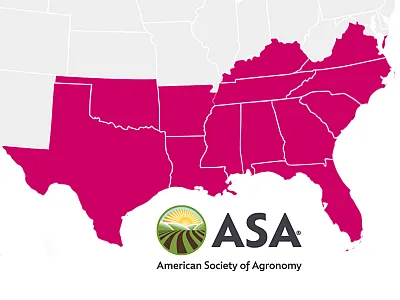Reduced irrigation improves rice quality, cuts arsenic without compromising yields

Rice crops are typically grown under conventional season-long flood irrigation, but U.S. rice producers seek ways to reduce irrigation costs in rice production. Alternate-wetting-and-drying, commonly known as AWD, is one such reduced irrigation practice, but little is known about its effects on rice grain and quality traits.
Scientists from the USDA-ARS and the National Agriculture and Food Research Organization (NARO) in Japan evaluated long- and short-grain rice varieties simultaneously under three irrigation schemes for yield, milling quality, grain concentration of protein and 12 chemical elements, and rice starch quality traits. The researchers showed that drier soil conditions, which were artificially created by applying AWD with two drains, improved rice grain quality traits including a significant decrease in all forms of arsenic in rice grains without compromising yield, starch quality, and nutritional quality of rice.
These findings demonstrate that reduction of irrigation water is useful for producing healthier and profitable rice.
Dig deeper
Rohila, J. S., Pinson, S. R. M., Moser, J. G., Jackson, A. K., Moore, P. A., Smith, B., Baba, K., Yamaguchi, N., & Jia, Y. (2025). Comparative study of different water management practices on element content in rice grain, yield, and yield components. Crop Science, 65, e70048. https://doi.org/10.1002/csc2.70048
Text © . The authors. CC BY-NC-ND 4.0. Except where otherwise noted, images are subject to copyright. Any reuse without express permission from the copyright owner is prohibited.













